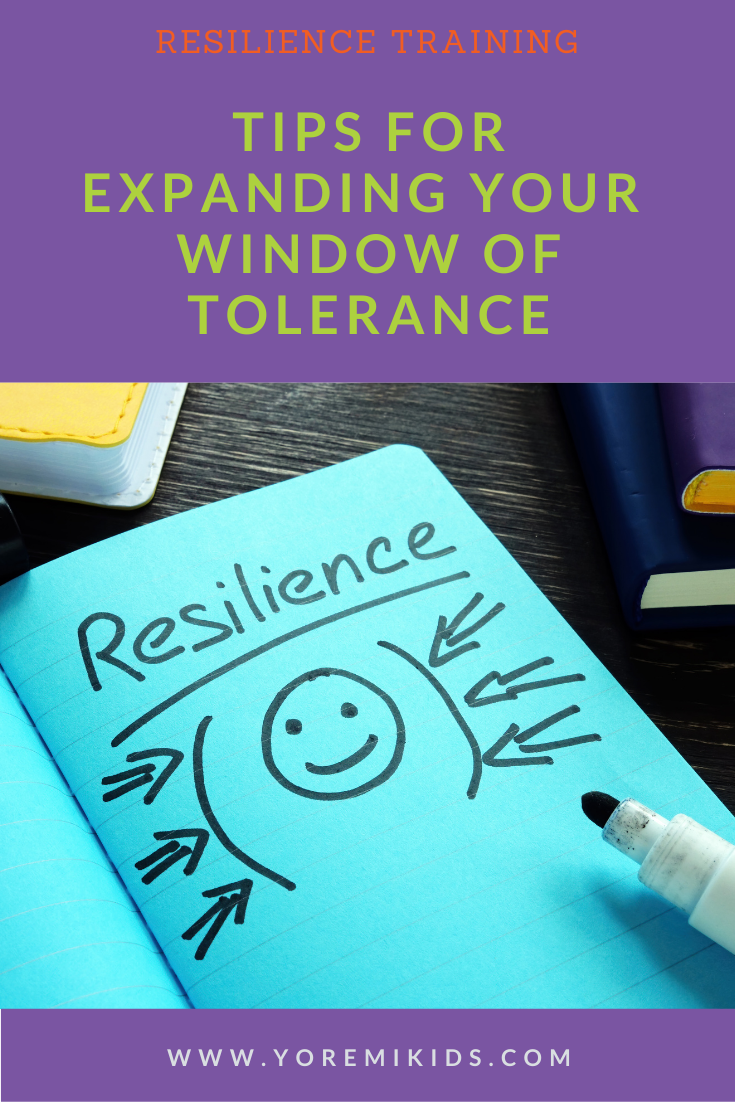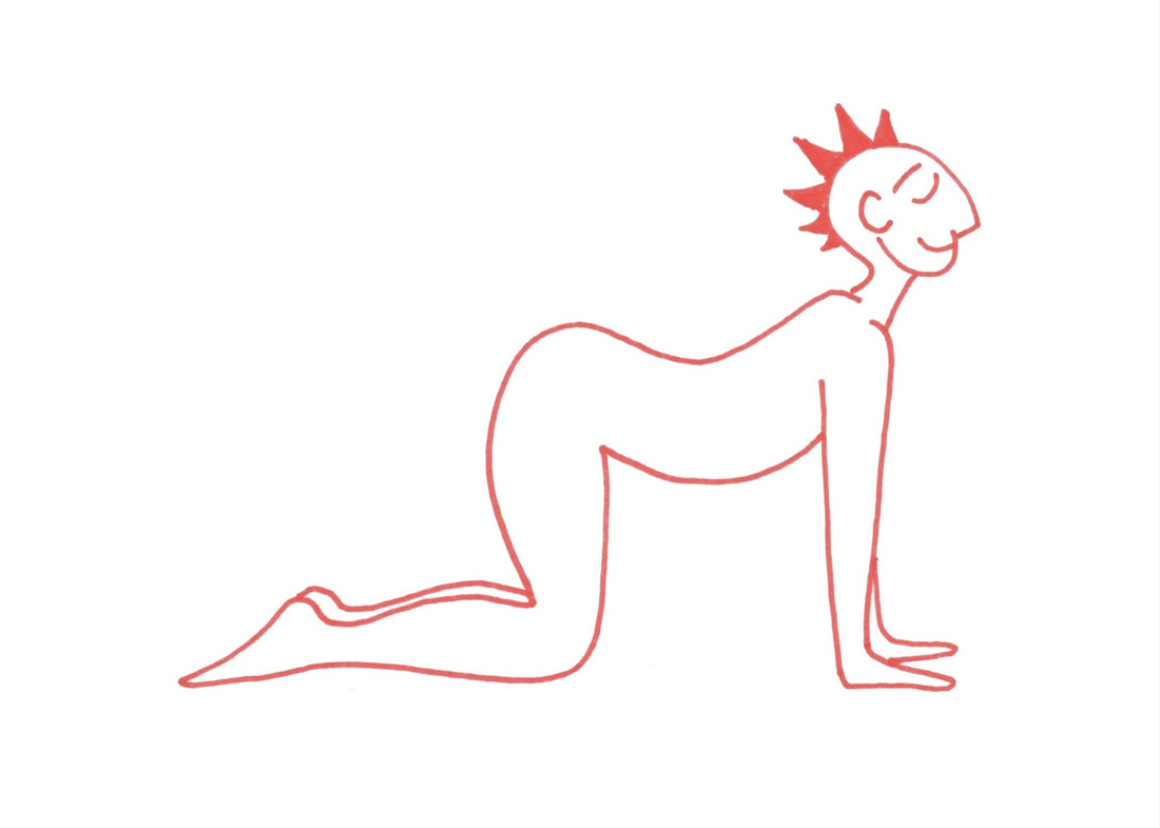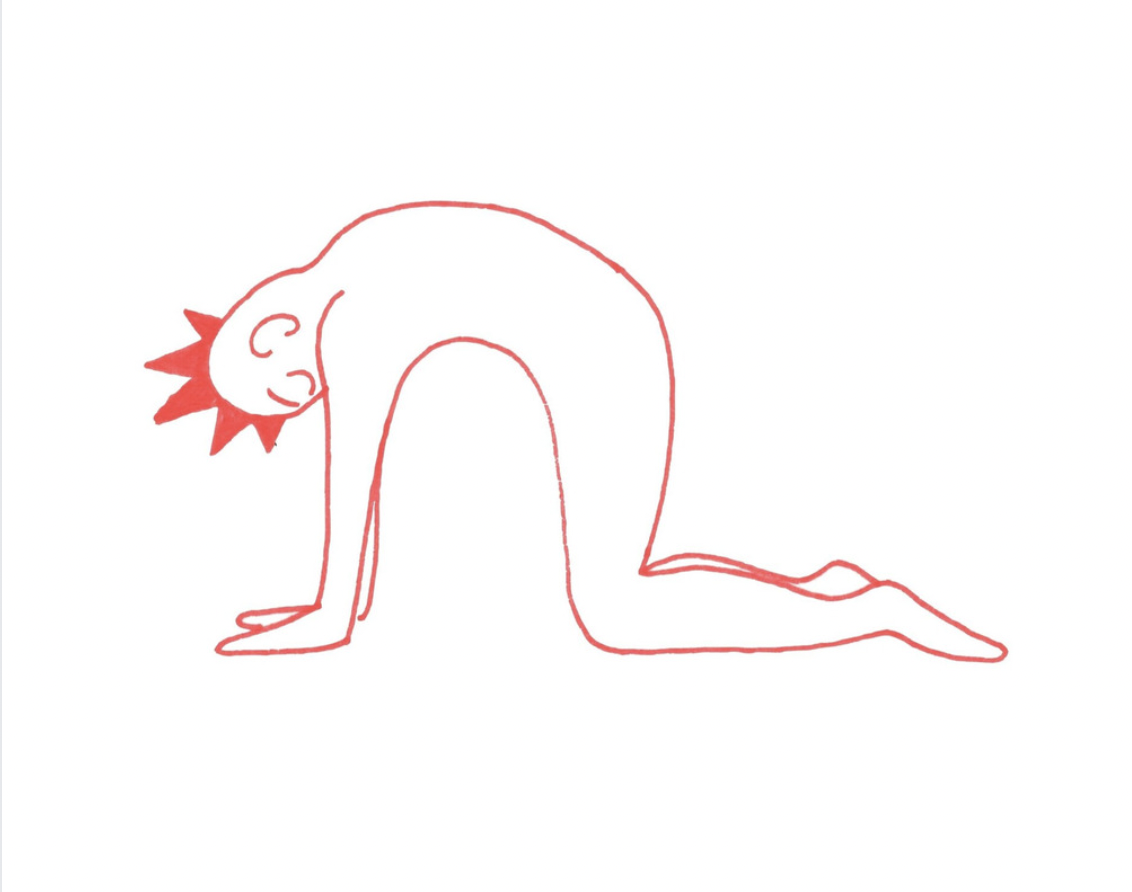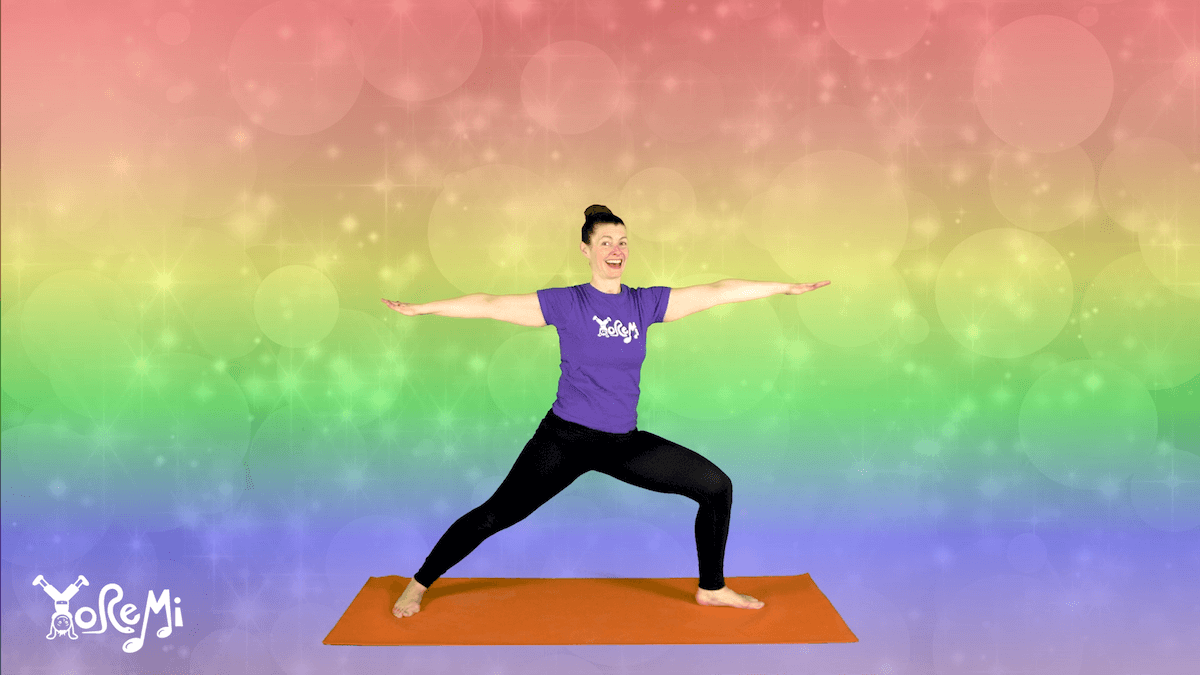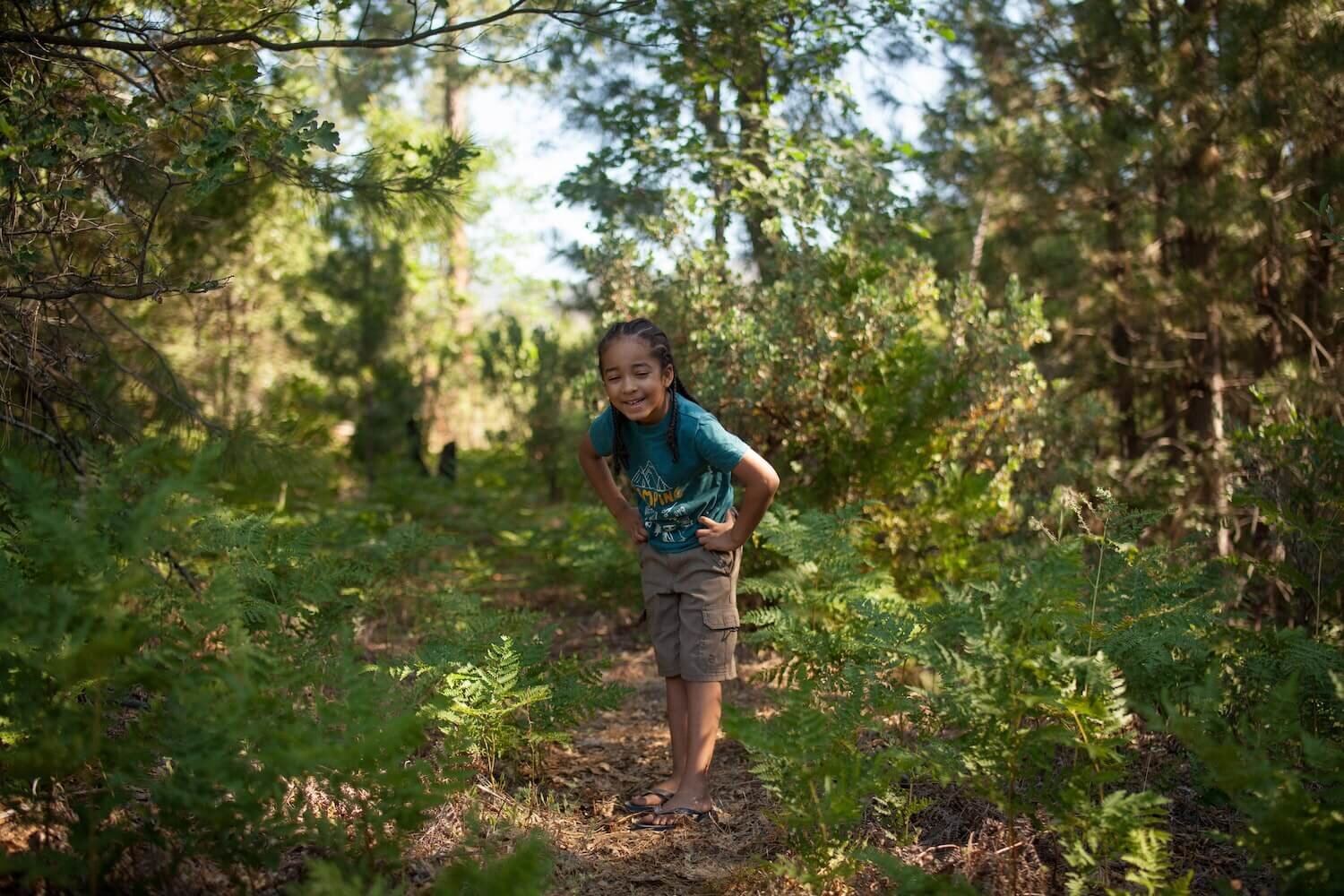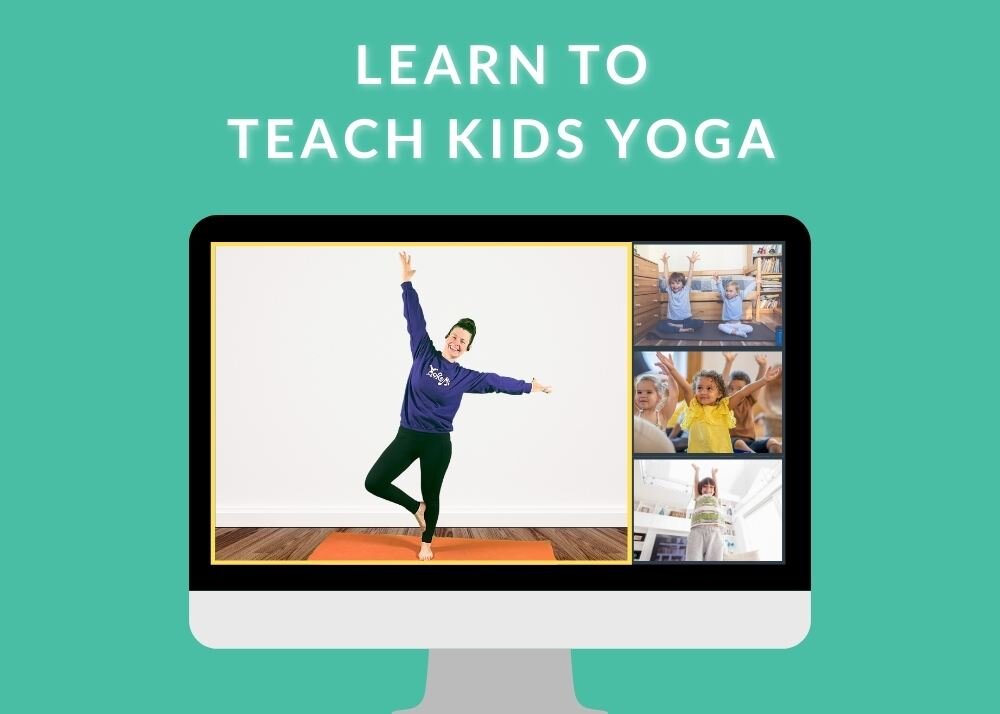Widening the Window of Tolerance: Resilience Training for Kids
/Have you ever had one of those days when it feels like if one more thing goes wrong, you might either explode or collapse? The compounding stressors of the past year have many of us walking an emotional tightrope.
Our feelings and energy fluctuate throughout the day quite a bit. On days we have big, explosive and overwhelming emotions we probably also have moments we feel drained, tired, numb or zoned out.
This common experience can be explained through Dr. Dan Siegel’s Window Of Tolerance Model.
The Window of Tolerance Model
Each of us have a “window of tolerance,” or a certain level of arousal we can navigate skillfully. When we are within this window, we thrive. We are able to learn, communicate, play and relate well to ourselves and others.
When we move outside of this window, we can become hyper-aroused (too much) and hypo-aroused (too little). We have trouble registering our feelings, responding with emotions appropriate to context and regulating those responses in social situations. We might either suppress our emotions or respond with overly dramatic and excessive emotional outbursts.
What is Hyper-Arousal and How Do We Recognize it?
Hyper-arousal results from our fight/flight response and is often characterized by hyper-vigilance, excessive activation or energy, feelings of anxiety and racing thoughts. It may be impossible to rest and digest and we can feel we are always “on.”
In children who are hyper-aroused, we see difficulty focusing or concentrating, irritability, anger, disruptive outbursts, worry and anxiety, poor sleep hygiene, or increased startle response.
Hypo-arousal results from the freeze response and is characterized by a sense of shutting down, disconnecting, exhaustion, depression and numbness. We may feel separate from our thoughts and feelings as though we are always “off.”
When a child is experiencing hypo-arousal, we may notice flat affect, weariness, withdrawal, lack of emotion and inability to learn, relate or engage.
The Three Gunas vs. Window of Tolerance Model
The ancient practice of yoga introduces a similar model to the Window of Tolerance with Three Gunas (or qualities of nature): rajas, tamas and sattva.
Rajas is activity and, when out of balance, can correlate to a hyper-aroused state.
Tamas is inertia and when imbalanced correlates to hypo-arousal.
Sattva is harmony or purity and correlates to operating within the window of tolerance.
We each have our own individual “window” or combination of the gunas due to various factors including our unique neurobiology, adverse childhood experiences (also known as ACE’s), social support, environment, and our developed coping mechanisms.
Yoga helps us and our kids balance rajas and tamas while cultivating sattva, allowing us to widen our window of tolerance over time and become more resilient in the face of challenging circumstances.
Here are 5 ways children & grown-ups can both expand our windows of Tolerance and stay within them.
1. Breathing Practices
Our breath has an enormous impact on our physiology and deep, conscious breathing has been shown to trigger an immediate relaxation response that effects not only our nervous system but every system in the body.
Certain breathing techniques won’t work for every child so it’s important to practice these proactively when within the window of tolerance to test their effectiveness and to make them more easily available when a child becomes dysregulated.
To balance rajas or move from hyper-arousal back into the window of tolerance, focus on conscious, deep, calming breaths. Some examples of this are belly breathing, breathing buddies, square breathing and finger breathing.
Try this: Belly Breathing
Sit comfortably with a long spine.
Place one hand on your belly at your low ribs and one hand on your chest.
Breath in deeply, feeling your belly, ribs and lungs expand.
Breathe out slowly feeling your ribs and chest relax and your belly contract.
Continue breathing, keeping your eyes open to follow along with the breathing ball video or gently closing your eyes to bring your attention inward.
When a child is in a state of hyper-arousal, the breathing often becomes shallow and mostly located in the chest and upper lungs. We can create a sense of calm by moving the breath deeper and encouraging greater movement of the diaphragm.
If a child is having difficulty visualizing this, have them lie down and placing a weighted object like a bean bag or stuffy on the belly. This can provide helpful tactile and visual sensory cues to bring the breathing down into the lower lungs and abdomen area.
Grab your favorite stuffed animal friend and practice breathing buddies!
Both square breathing and finger breathing also help children slow down and deepen the breath using visual and physical cues.
Try This: Square Breathing
Invite children to breathe as they trace an imaginary box in the air or an actual square shaped object like a table, window, or drawing.
Breathe in tracing from the bottom corner vertically to the top corner for a count of 2.
Hold the breath tracing across to the opposite corner for a count of 2.
Breathe out tracing downward to the corner below for a count of 2.
Hold breath across to the starting point for a count of 2.
Repeat with the option to extend the count only as feels comfortable and relaxing.
Finger breathing is similar and combines crossbody movement with calming breathing practice. Holding one hand out with fingers wide apart, trace with the opposite index finger as you breathe. Breathe in tracing from base of thumb to tip, breathe out from tip of thumb to base on the other side and continue across all fingers. Then be repeat on the other hand.
Breathing practices have added calming effect when we focus on extending the exhale. Alternatively, we can use breathing techniques to energize by focusing on the inhale.
To balance tamas or move from hypo-arousal back into the window of tolerance, first calm the nervous system and then energize through the inhale. Begin with belly breathing as above and then move into more energizing practices like bunny breathing and breath of joy.
Try this: Bunny Breathing
Sit comfortably with a long spine
Breathe in 3 times through the nose, filling up the lungs in three sections
Breathe out one long exhale through the nose
Repeat 5-10 times
For breath of joy, continue this bunny breath and add movement.
Stand tall in mountain pose.
Breathe in and extend arms forward at chest height, palms down.
Breathe in and swing arms out to the sides in line with the shoulders, palms down.
Breathe in and swing arms up overhead.
Breathe out and bend forward from the hips into rag doll with knees bent.
Repeat, finding a pace that feels stable and supported.
There are several breathing exercises that can create both calming and energizing effects. Explore various techniques to discover which work best for each individual.
2. Movement and Exercise
As academic pressures mount and schools face budget cuts, our children have less and less opportunities for movement. Experts agree that children need at least 60-minutes of rigorous physical activity daily. But according to the American Heart Association only 4 percent of elementary schools, 7 percent of middle schools, and 2 percent of high schools provide daily physical education class for the entire school year.
The CDC reports less than one-quarter (24%) of children 6 to 17 years of age participate in 60 minutes of physical activity every day.
Movement and exercise can be used to balance both rajas and tamas. The key is to meet children at their level of energy and then move them more toward center.
For children experiencing hyper-arousal, using energy naturally discharges fight or flight feelings. Large bilateral movements, exercises that cross the midline, shaking and stomping are all examples of high-energy exercise that can help reduce adrenaline and cortisol (stress hormones) and increase feel-good endorphins.
Once we have released the huge, overwhelming energy, we can begin to introduce some calming practices in combination with big movements to show children they are capable of both. Let’s practice moving back and forth from high-energy to peacefully sleeping with Dan!
We often hear parents and teachers respond to hyper-arousal with commands to “Calm down!” or “Sit still!” or “Behave!” However, these responses can actually trigger even greater dysregulation. We can be more mindful if we understand that a child in this state is acting from their amygdala, part of the brain stem that processes fearful and threatening stimuli.
When the amygdala is triggered, it is difficult even for adults to access the pre-frontal cortex, the part of the brain that deals with logic, reasoning and self-regulation. In these moments, it will be more productive to meet a child where they are, create space for expression, and focus on feelings of connection and belonging. Allow them to move safely in whatever way they need and then gradually invite them to add in some calm and relaxation.
Try the Hip Hop Sundance for big, fun full-body movements that release energy and invite play and expression!
When a child is in a state of hypo-arousal, big energetic movements are not likely to work at first. To balance tamas, we must meet the low energy, create stability and safety and then gradually invite more full-body action.
An object in motion tends to stay in motion so starting slow with small, accessible exercises is a great way to get moving. Try some fun seated musical yoga activities and then slowly add bigger movements like this warm-up flow!
3. Sensory Stimulation
While a child’s physical activity can often provide useful clues to their inner state, young people experiencing both hyper and hypo-arousal may be feeling disconnected from their bodies. For both, presenting opportunities to feel physical sensations and focus on sensory input can help calm the nervous system.
To balance rajas, choose activities involving heavy work like pushing, pulling, lifting, and crab walking. These tasks stimulate our proprioceptive senses, which are muscular signals that help us understand where our body is in space.
Squeezing stress balls, rolling over an exercise ball or using weighted blankets can also provide helpful sensory feedback. Plank and side plank poses are wonderful heavy work yoga movements appropriate for all ages and levels of ability. We make it fun by pretending to be a fire truck!
To balance tamas we also want to bring awareness back into the body. However, we must start with more subtle and slow practices before moving into heavy work.
Encourage children to notice physical sensations by doing a body scan, feeling each part of their body and creating awareness without judgement.
To add light exercise, encourage a walking meditation which allows children to feel their feet on the floor, and notice each part of the foot as it pushes against the floor to create movement. Have children walk over a variety of textures (carpet, tile, wood, yoga mat, fabric, etc) and notice the difference. If possible, go outside and walk on grass, dirt, sidewalk etc.
Tactile props like fidgets, scarves, breathing balls and others can be helpful. Also toning and singing can also help stimulate the senses. Try this sensory body warm-up that combines tactile stimulation with sound-making.
4. Relaxation
Most of us do not know how to relax. Our culture rewards busyness, overworking, and constant productivity. Many of us wear our exhaustion like a badge of honor and through our modeling, we teach children to do the same.
Our children are over-scheduled, overwhelmed and under-rested. Lack of sleep and poor nutrition automatically narrow our window of tolerance. Teaching our children to recognize and honor these basic physical needs creates the foundation for whole-child wellness.
For a child who is hyper-aroused, it will usually not be possible to move directly into relaxation. Use many of the exercises already mentioned and then ease slowly into rest using techniques like progressive relaxation, also known as tighten and release.
Try this: Progressive relaxation or tighten and release
Begin seated comfortably or lying down
Squeeze the muscles of the toes and feet as tightly as possible.
Breathe in as you squeeze, then breathe out and relax completely.
Move up the body, adding an additional muscle group with each breath - legs, hips, glutes, belly, torso, fingers and hands, arms, shoulder, face.
Breathe in and squeeze all the muscles in the body as tightly as possible.
Exhale and release completely.
Repeat until you feel your body completely relax on the exhale.
For children that have a lot of energy, try a fun “wiggle worm” version of this first, wiggling or shaking each part of the body as fast as possible and then relaxing.
To balance rajas, guided relaxations should focus on grounding and calming. Invite children to imagine their bones feeling heavy and their body sinking down into the floor.
Alternately, to balance tamas, make your way into relaxation with lightness and gentle movement. Focus on visualizing light, color, spaciousness and energy. Invite children to imagine they are floating on a big fluffy cloud as they rest.
Using sound can also be helpful. Introduce a chime or singing bowl or encourage children to notice the sounds in the room around them. Try this easeful cactus movement and relaxation that combines heart opening, a spine twist, humming and deep breathing.
5. Co-regulation Is Key
In all the activities mentioned above, it is important to focus on creating feelings of safety and connection rather than depending on command, logic and reason. Remember, children outside of their window of tolerance will not have access to the part of the brain that processes and makes sense of logical input.
Therefore, we must stay within our own window of tolerance to be able to help children stay within theirs. A dysregulated adult cannot regulate a dysregulated child. If a child’s behavior pushes us outside our window, we must first soothe our own nervous system before attempting to address their behavior.
Bringing mindful awareness to our own internal state also models this for the children in our care. When adults have their own personal mindfulness practice, the children will notice and be more likely to implement these tools themselves.
Yoga practice helps us widen our window of tolerance, stay within that window and recover when we become dysregulated. We can all expect to be pushed outside our comfort zone from time to time.
By creating common language and understanding and having these tools at the ready we will be better equipped to support ourselves, our children and our communities when challenges arise.
Save this article for later and don’t forget to download the Yo Re Mi app for ad-free kids musical yoga and mindfulness videos.








